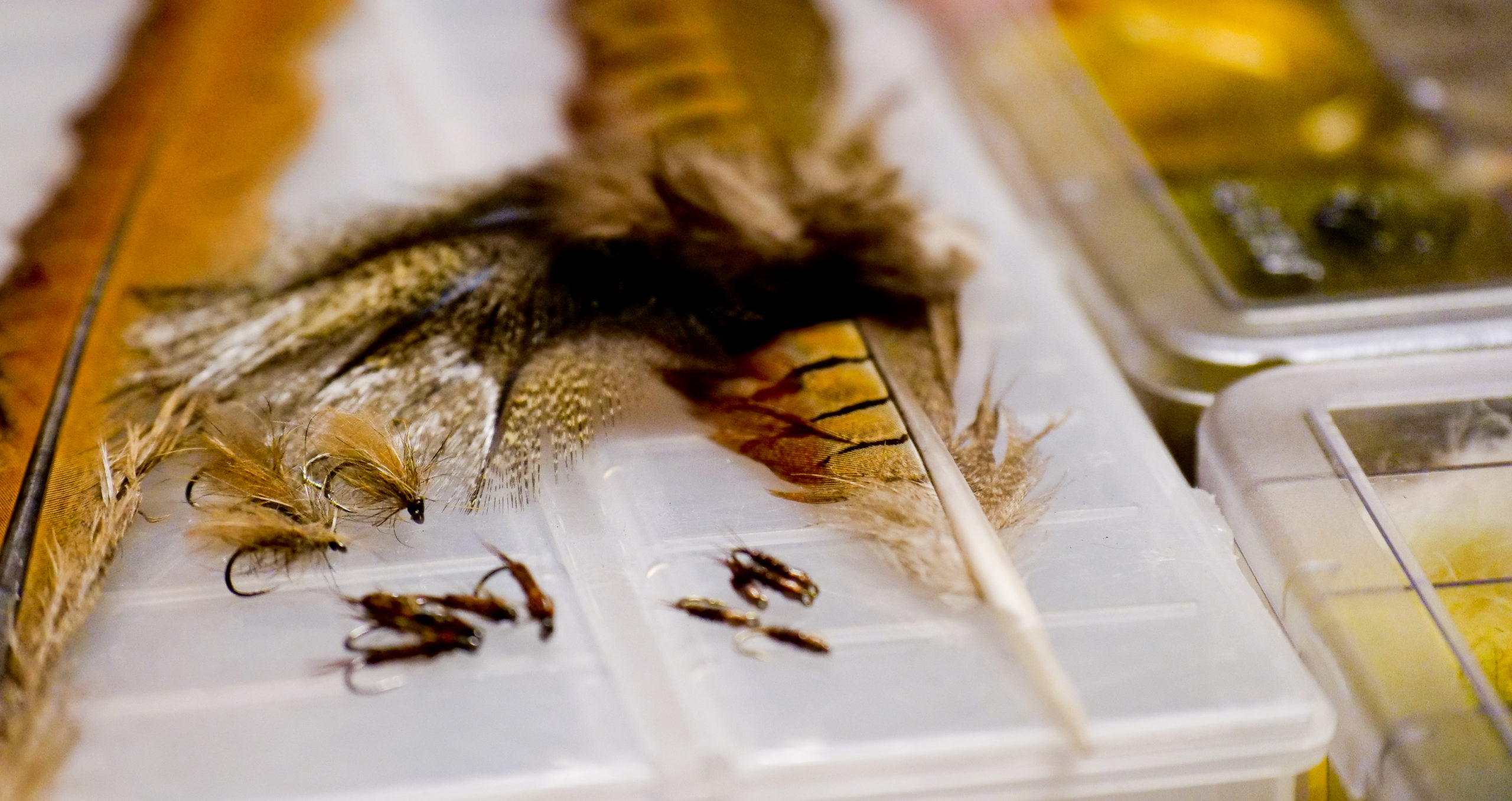
Introduction
Fly fishing is a sport fishing technique that consists of presenting an artificial insect imitation to lure the fish. This practice is usually done in a wild and majestic setting.
Fly fishing can be seen as an art, as the way of casting and fly tying can give an artistic side.
It can be practiced in rivers, lakes and seas. Whether from the shore, from a boat or a float tube, there are no limits.
Dry-fly fishing
This technique represents catching a fish with a floating artificial imitation of an aquatic or terrestrial insect.
The rise of the fish is the sign that the fish has taken our imitation or a natural insect.
This method is best used if you see insects flying or if you see activity on the surface.
At dusk, it is common for insects to hatch in bulk. This is known as the evening rush. You can then take advantage of these magical moments to cast your dry flies.
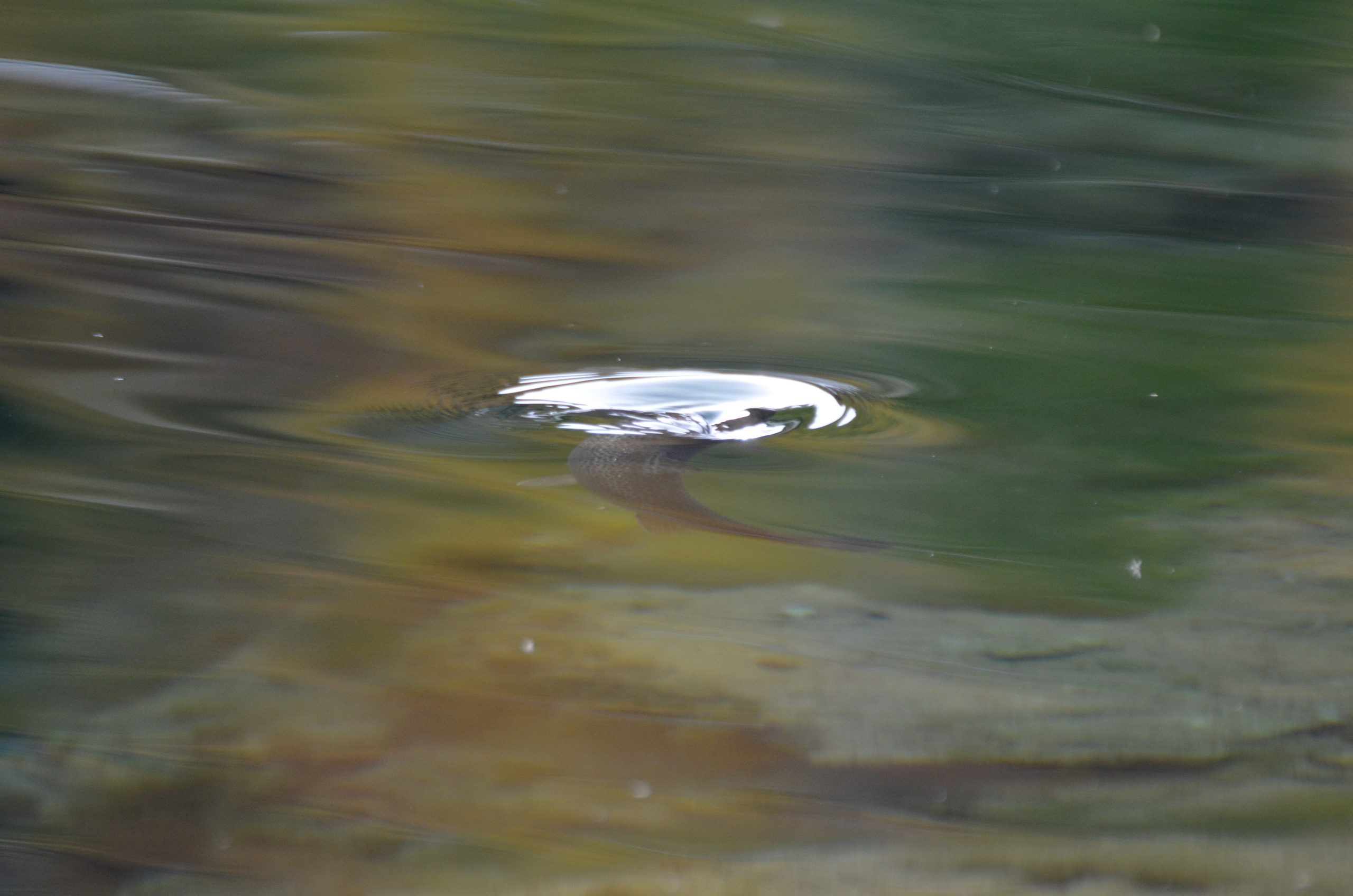

Dry-fly fishing
This technique represents catching a fish with a floating artificial imitation of an aquatic or terrestrial insect.
The rise of the fish is the sign that the fish has taken our imitation or a natural insect.
This method is best used if you see insects flying or if you see activity on the surface.
At dusk, it is common for insects to hatch in bulk. This is known as the evening rush. You can then take advantage of these magical moments to cast your dry flies.

Streamer fishing
With this method, you will try to imitate a small living animal while looking for predators. You will be able to attack other species by targeting carnivores for example.
To fish with a streamer, you will need the right equipment, both in terms of rod power and type of line.
This method consists in bringing back more or less quickly by irregular jerks an imitation. The touch can be felt quite brutally.
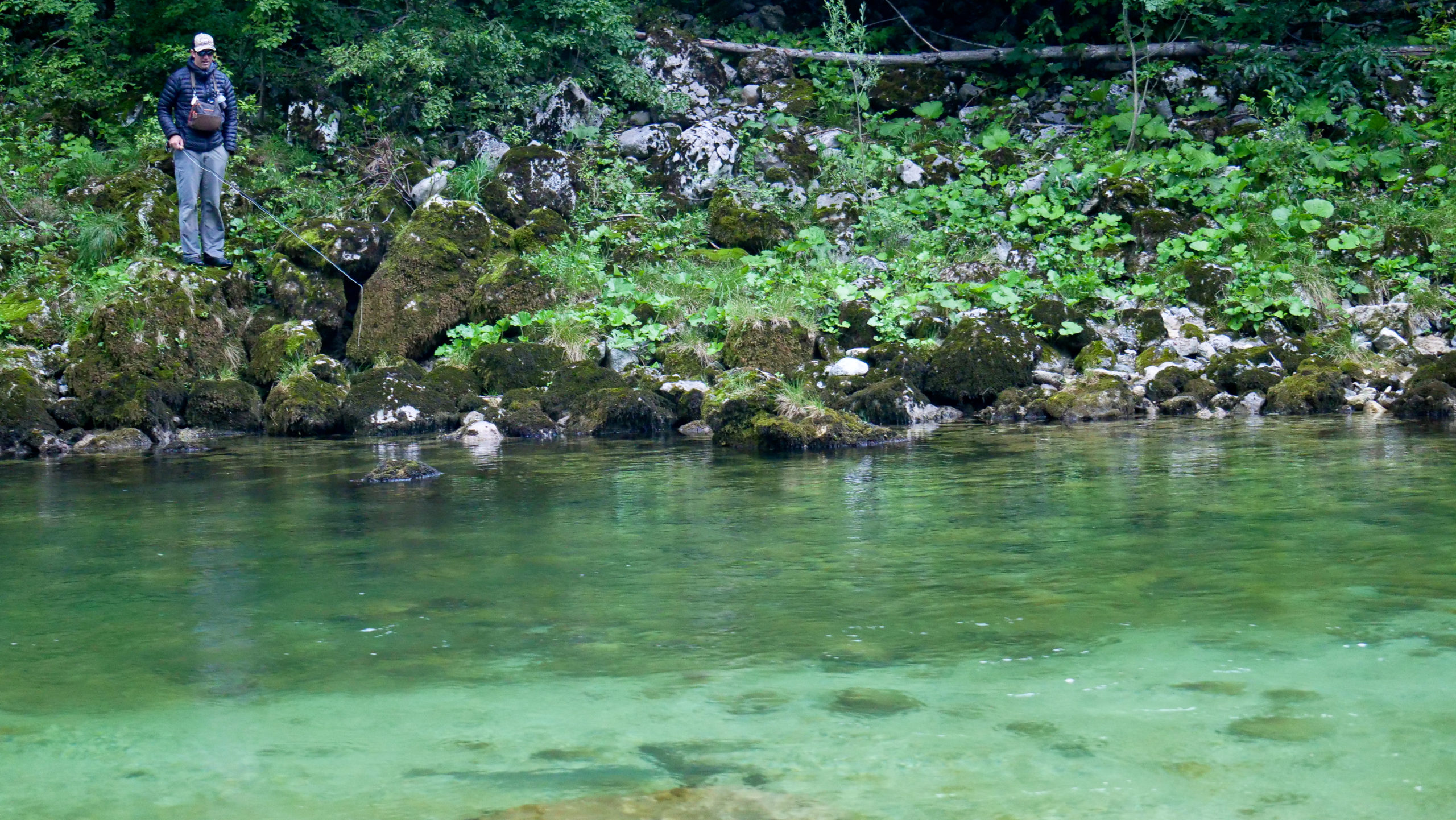
Nymph fishing
This very effective technique consists in presenting insect imitations at the nymph stage.
It can be done “on the line” where we will observe the bites by looking at our line or with the help of a small indicator while combing the zones and currents favorable to the presence of fish.
It can also be practiced on sight, it consists in locating the fish before casting and analyzing its feeding stage to present it with an adapted imitation. It is very technical, but brings a lot of sensations. It forces the angler to go further in his thinking and in the cleanliness of the presentation of the artificial fly.
Streamer fishing
With this method, you will try to imitate a small living animal while looking for predators. You will be able to attack other species by targeting carnivores for example.
To fish with a streamer, you will need the right equipment, both in terms of rod power and type of line.
This method consists in bringing back more or less quickly by irregular jerks an imitation. The touch can be felt quite brutally.


The casting techniques
There are many different techniques and types of casts.
The base is always the same, to succeed in giving power to the line so that it can drive our fly to the desired location.
To do this, several casts can be used depending on the conditions:
- The basic cast (TLT, french, etc.)
- The false cast
- The roll cast (D loop)
- The reverse cast
- The double haul cast
- Etc.
Each of these types of casts will be used in different situations.
Fly tying
Fly tying is the process of making insect imitations using hooks, thread, feathers, hair and various synthetic materials.
Fly tying is one of the steps in this method of fishing, however, it is possible to buy your flies in specialized shops.
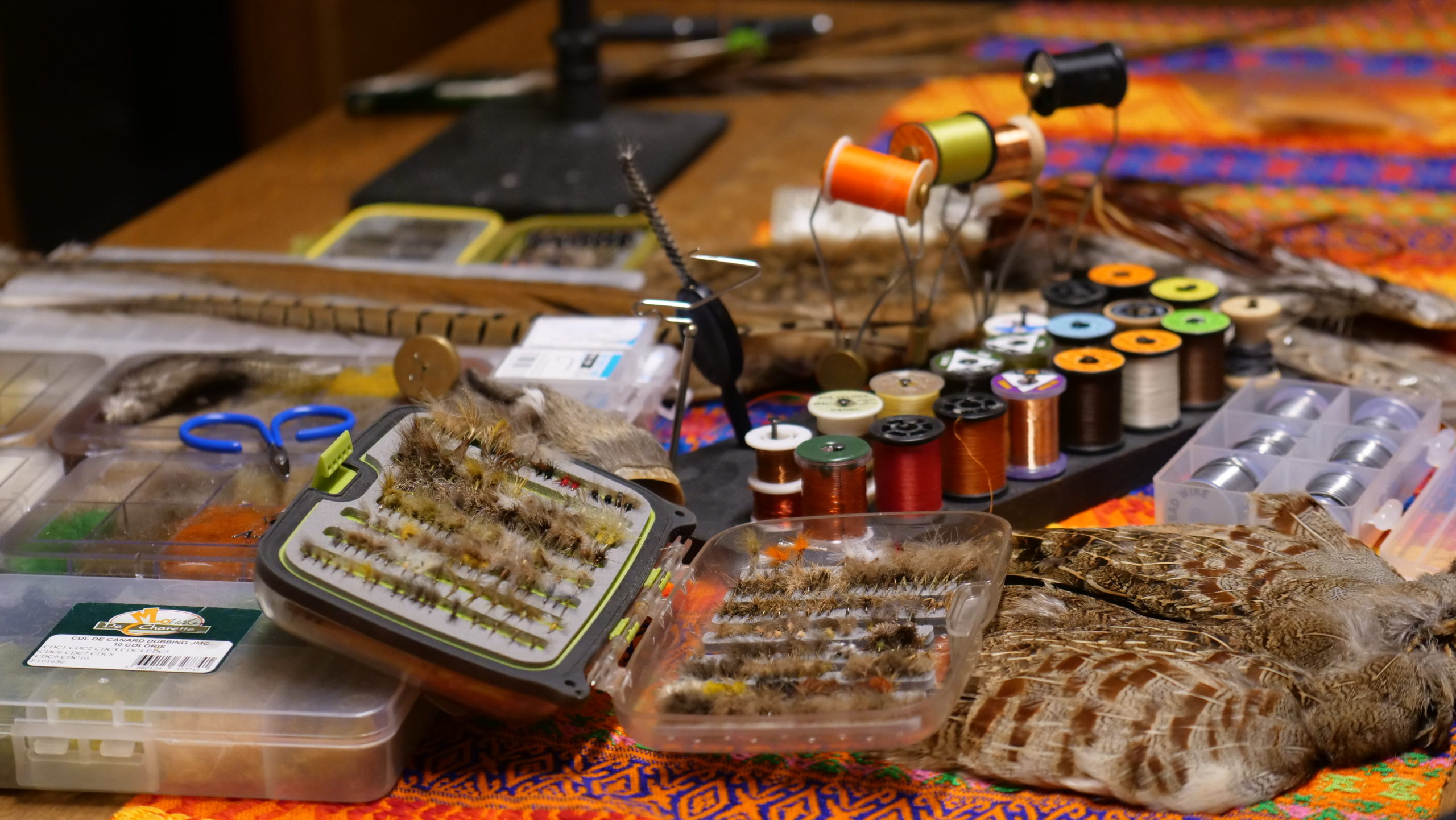

Fly tying
Fly tying is the process of making insect imitations using hooks, thread, feathers, hair and various synthetic materials.
Fly tying is one of the steps in this method of fishing, however, it is possible to buy your flies in specialized shops.
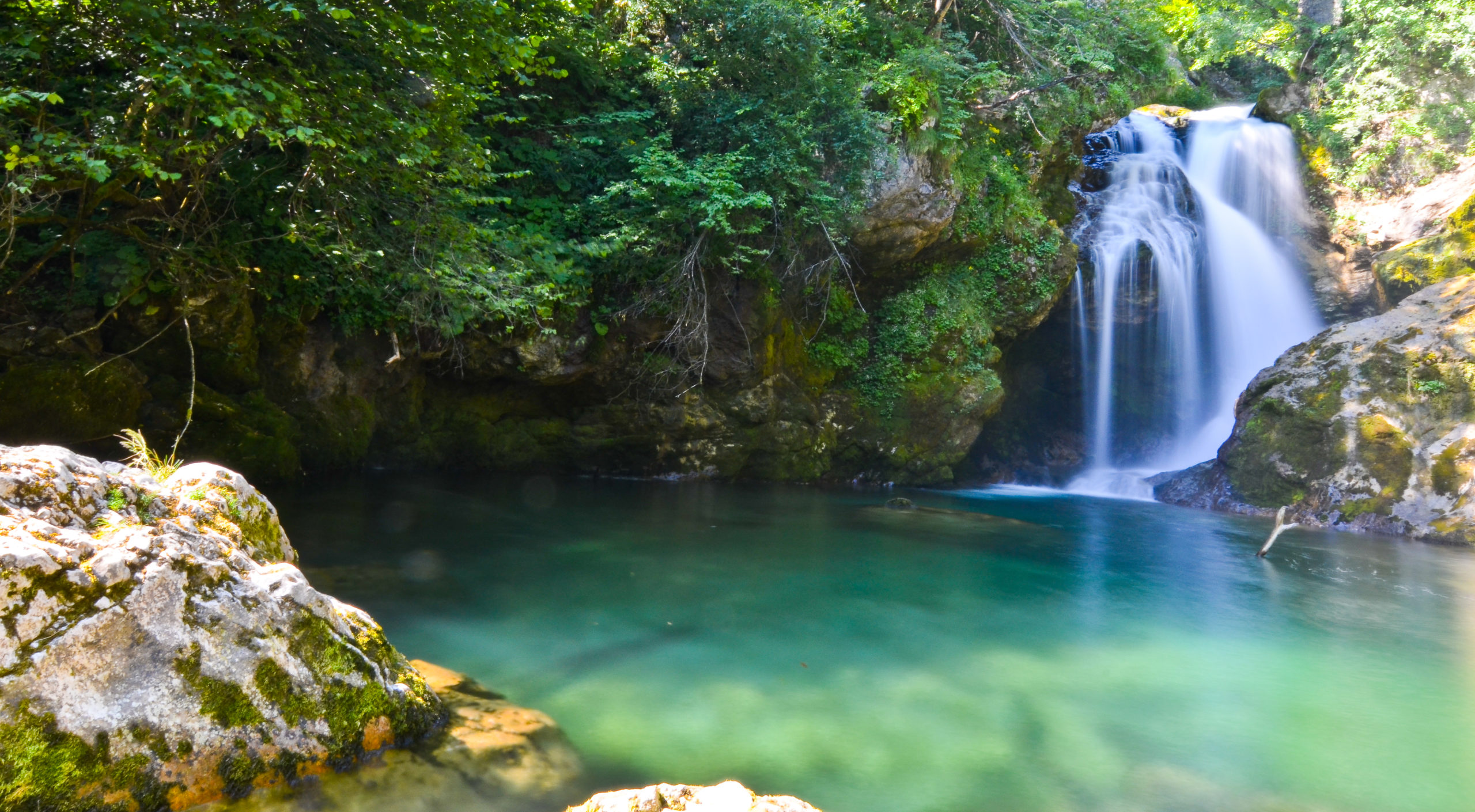
Choose your fishing spot
To choose your fishing spot, you must first target your objective. This consists in choosing the appropriate waterway according to the species you are looking for. Then comes the question of the environment in which you want to spend your outings, the size of the fish, whether you seek wild fish or not.
Evaluate also your level in this practice, the difficulty of certain places is to be taken into account. Some rivers or lakes have a high fishing pressure making the fish very attentive and less cooperative.
Gear in Switzerland
If you need more informations about fly fishing in Switzerland, you should have a look at this Swissflies.
Sale of fly fishing material in Switzerland, (flies, fly tying material, etc) as well as a collection of historical flies.


My top spots
I like to fish and guide my clients in many different waters, but in my region, the rivers I favor are:
La Sarine / la Bienne / l’Ain / la Loue / le Doubs
As far as lakes are concerned, I must confess to having a fondness for Derborence, even though I know, fish and guide on many lakes in the Valais.
My fishing trips :
Whether it’s for trout, ocean fish or exotic fish, I’ve traveled extensively around the world for fly fishing.
From Iceland to Kiribati, here are just a few of the countries I like to visit :
Europe :
Italy, Spain, France, Germany, Austria, Slovenia, Bulgaria, Iceland
Worldwide freshwater :
New Zealand, Argentina, Brazil
Worldwide saltwater :
Seychelles, Maldives, Sudan, Kiribati, Guatemala
If you’d like to organize a trip, or need information about a destination, please don’t hesitate to contact me.

My fishing trips :
Whether it’s for trout, ocean fish or exotic fish, I’ve traveled extensively around the world for fly fishing.
From Iceland to Kiribati, here are just a few of the countries I like to visit :
Europe :
Italy, Spain, France, Germany, Austria, Slovenia, Bulgaria, Iceland
Worldwide freshwater :
New Zealand, Argentina, Brazil
Worldwide saltwater :
Seychelles, Maldives, Sudan, Kiribati, Guatemala
If you’d like to organize a trip, or need information about a destination, please don’t hesitate to contact me.

